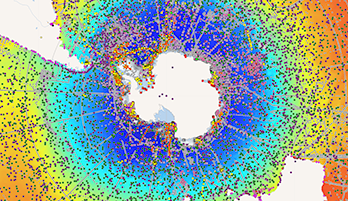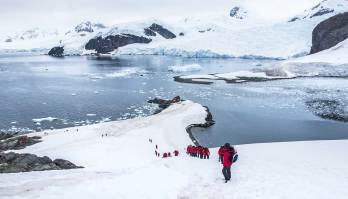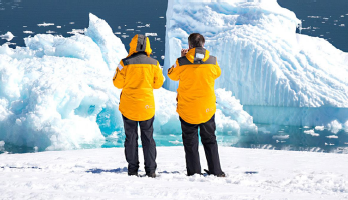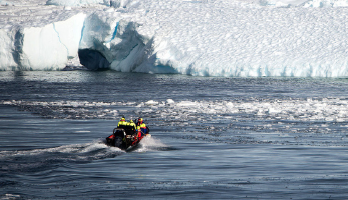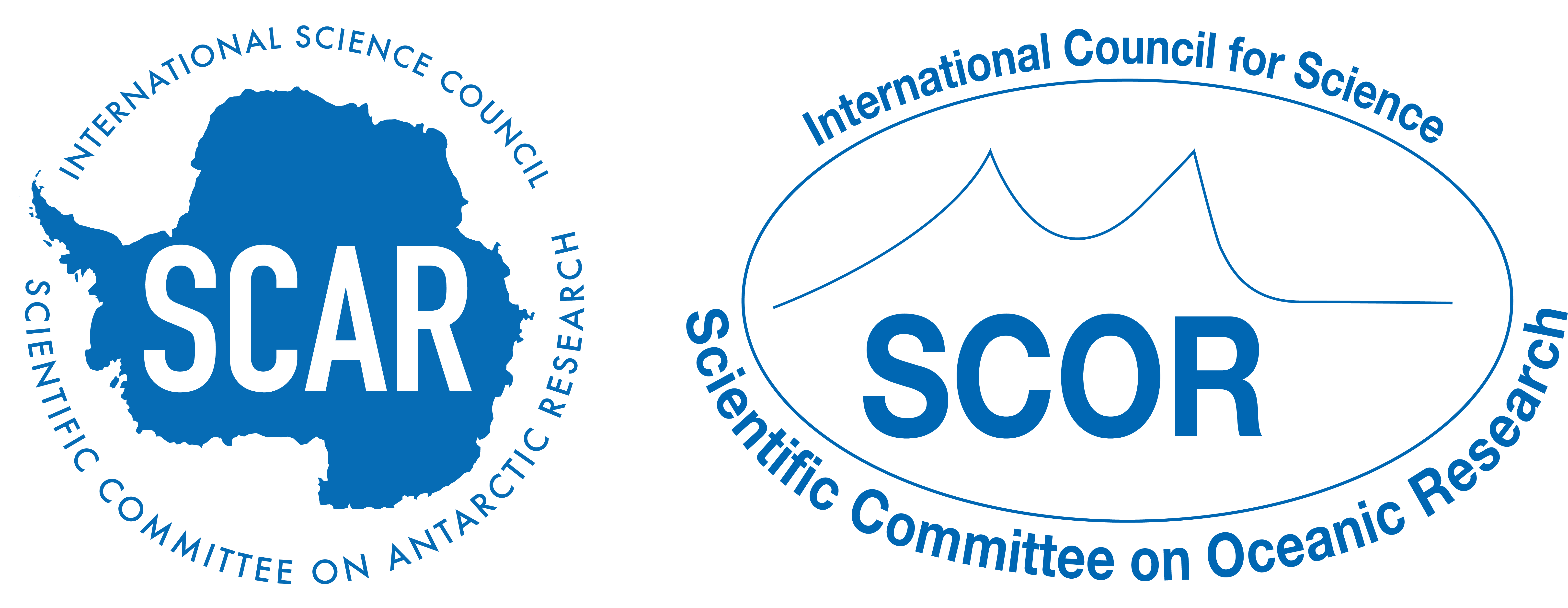The Southern Ocean
Observing System
Facilitating and Enhancing Global Southern Ocean Observations
Facilitating and Enhancing Global Southern Ocean Observations
Members of the NECKLACE (Network for the Collection of Knowledge on meLt of Antarctic iCe shElves) and RISE (Realistic Ice-shelf/ocean State Estimates) initiatives met in Hobart to discuss the coordination of observations and modelling, designed to improve understanding of how the oceans are melting the ice sheets. These SOOS endorsed initiatives have not previously met together.
The recently established Realistic Ice-shelf/ocean State Estimates (RISE) project aims to meet the international need to understand ice sheet mass loss, coordinating the rapid advances in modelling and observations of ocean-driven melting of the Antarctic Ice Sheet. Important observations will be provided by NECKLACE, aimed at coordinating collected radar measurements from ApRES, of the rate of ocean-driven melting. These time series of melt rates from point locations will complement the model and satellite-derived maps of melt rate estimates.
It was agreed that there is a need to standardise the workflow and data management for observations. In the coming months we will be reaching out to both NECKLACE and RISE communities to foster future collaborations between modellers and observationalists.
ApRES contributors can share information on deployments at http://tiny.cc/necklace_deployments so that basic metadata can be shared through SOOSmap.
If you would like to help shape these projects then we look forward to hearing from you at the following address
This workshop was supported by the Antarctic Gateway Partnership at the University of Tasmania (UTAS).
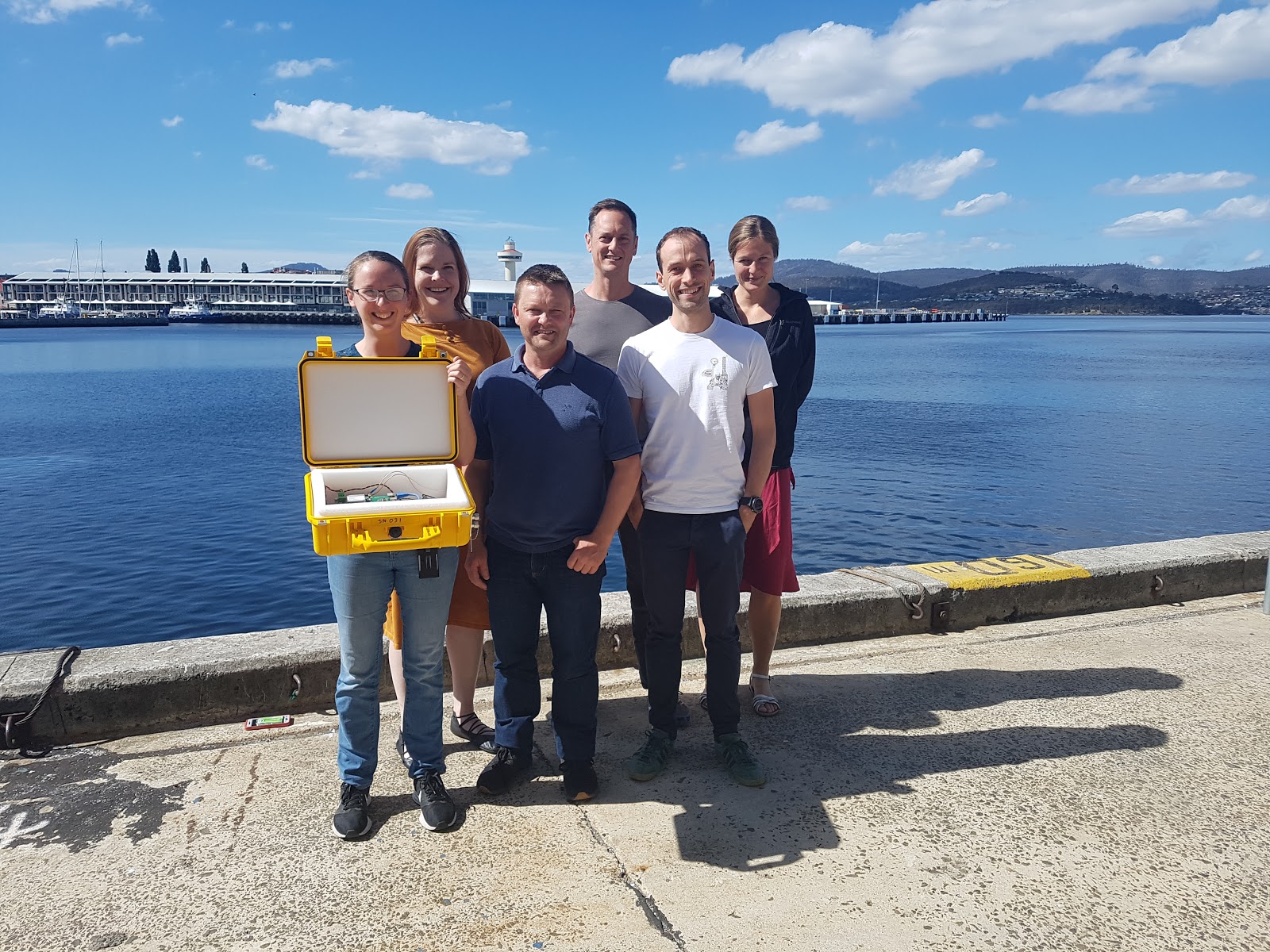
The NECKLACE and RISE working group who met at the Institute for Marine and Antarctic Studies (IMAS), University of Tasmania in Hobart, Australia. From left to right: Sue Cook holding an ApRES instrument (Institute for Marine and Antarctic Studies, UTAS, Australia), Pip Bricher (SOOS), Craig Stewart (National Institute for Water and Atmospheric Research, New Zealand), Ben Galton-Fenzi (Australian Antarctic Division), David Gwyther (Institute for Marine and Antarctic Studies, Australia), and Irena Vankova (British Antarctic Survey, UK).

